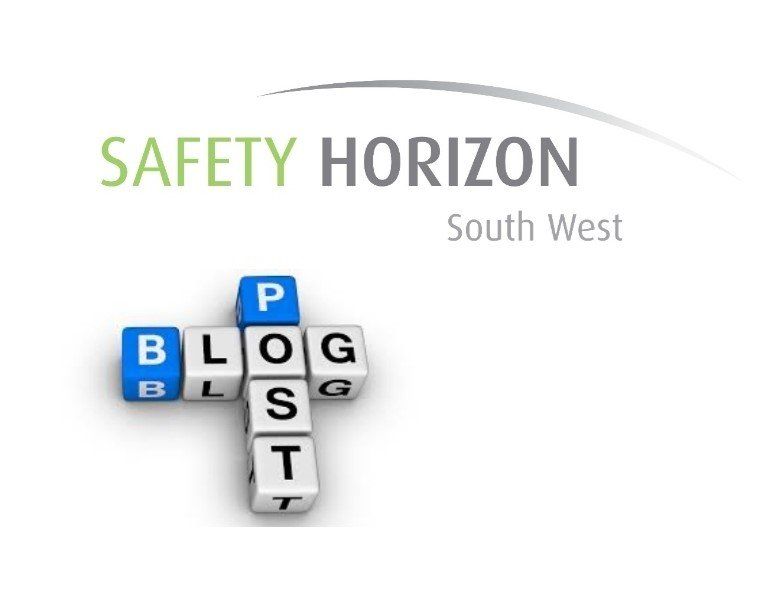MEASURING PERFORMANCE
MEASURING HEALTH AND SAFETY
Some people have the view that ‘If you can’t measure it, you can’t manage it’.
There is some truth in this statement. Managing your health and safety outputs (accidents, incidents) has been ever present within tender documents, procurement questionnaires and also to demonstrate good health and safety performance.
These are known as reactive indicators. Indicators that only measure the outcomes of your health and safety system does have limitations. These reactive measures could suggest that you are effectively managing health and safety through the low number of incidents occurring. Or have you just been lucky?
PROACTIVE v REACTIVE INDICATORS
Successful performance within health and safety may be determined by introducing and managing a number of measurements which cover proactive (inputs) and reactive (outputs) of health and safety data. The table below provides an example of what you can consider.
In practice, the more proactive inputs you have to measure performance this should reduce the number of reactive outputs and will lead to improved overall health and safety management.
MEASURING GUIDANCE
There is no ‘one size fits all’ solution to measuring health and safety performance. Some organisations choose to complete inspections on a frequent basis whilst other decide on a more formal approach which is normally a comprehensive audit which is undertaken less frequently.
Whether you decide on a safety tour (unscheduled walk around), safety inspection (usually an easier tick/cross format) or a compliance audit (detailed action plan in the form of a traffic light system), finding the best measuring tool that fits your business is important.
As a guide, the following frequency can sometimes be selected:
Health and safety inspection – weekly – monthly
Health and safety tours – monthly to quarterly
Compliance audit – annually – 3 yearly
The frequency will depend on the risk profile of the organisation, the number of issues identified from the previous report or the internal policies that have been implemented i.e. low risk organisation would be a 3-year audit, medium risk organisation would be a 2-year audit and high risk organisation would be annual audit.
INTERNAL v EXTERNAL?
Trying to determine the best approach to measuring performance can have positives and negatives impacts.
There is a perception that encouraging internal staff members to undertake inspections/audits can be a great way of developing individuals and the organisation taking ownership. The possible negatives can be internal measurement creates a subjective view of performance.
The counter option is to arrange external inspection/auditing. More costly but a guarantee that a more objective approach would be used.
The majority of organisations select a combination of both internal and external measuring. This will ensure that a more accurate and balanced approach is created with the organisation reaping the benefits.
For a discussion on deciding the best health and safety performance measurement options, please contact us.
Mark Stallard – CMIOSH, FIIRSM, DipSM, DipEM





